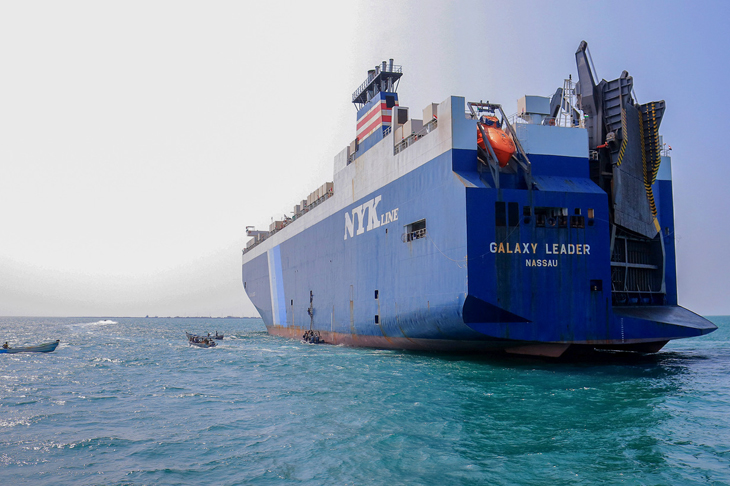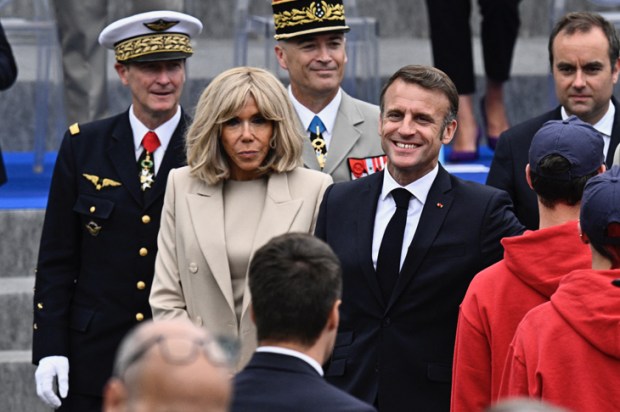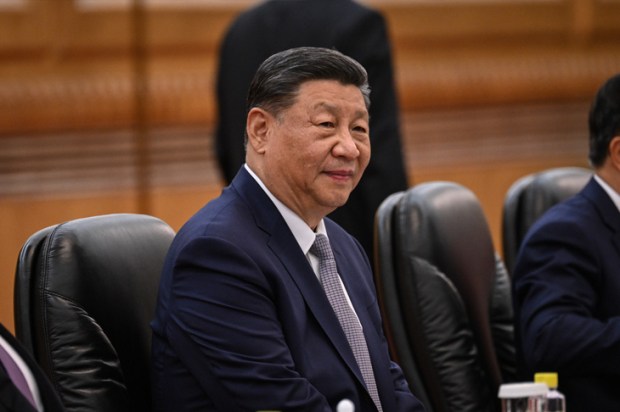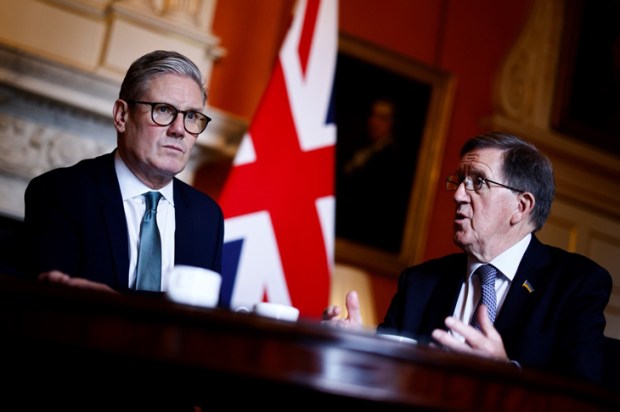An Israeli-owned ship crammed with 17,000 cattle and sheep from Australia upset animal-rights campaigners when in January it refused to offload the livestock at Perth. The MV Bahijah still hoped to reach Israel after Houthi militants bombarding ships in the Red Sea forced it to return to Australian waters.
The vessel never ventured back to the Red Sea because the Houthi say the attacks that began in November will only end when Israeli forces withdraw from Gaza.
Already a subscriber? Log in
Subscribe for just $2 a week
Try a month of The Spectator Australia absolutely free and without commitment. Not only that but – if you choose to continue – you’ll pay just $2 a week for your first year.
- Unlimited access to spectator.com.au and app
- The weekly edition on the Spectator Australia app
- Spectator podcasts and newsletters
- Full access to spectator.co.uk
Or
Unlock this article
You might disagree with half of it, but you’ll enjoy reading all of it. Try your first month for free, then just $2 a week for the remainder of your first year.














Comments
Don't miss out
Join the conversation with other Spectator Australia readers. Subscribe to leave a comment.
SUBSCRIBEAlready a subscriber? Log in